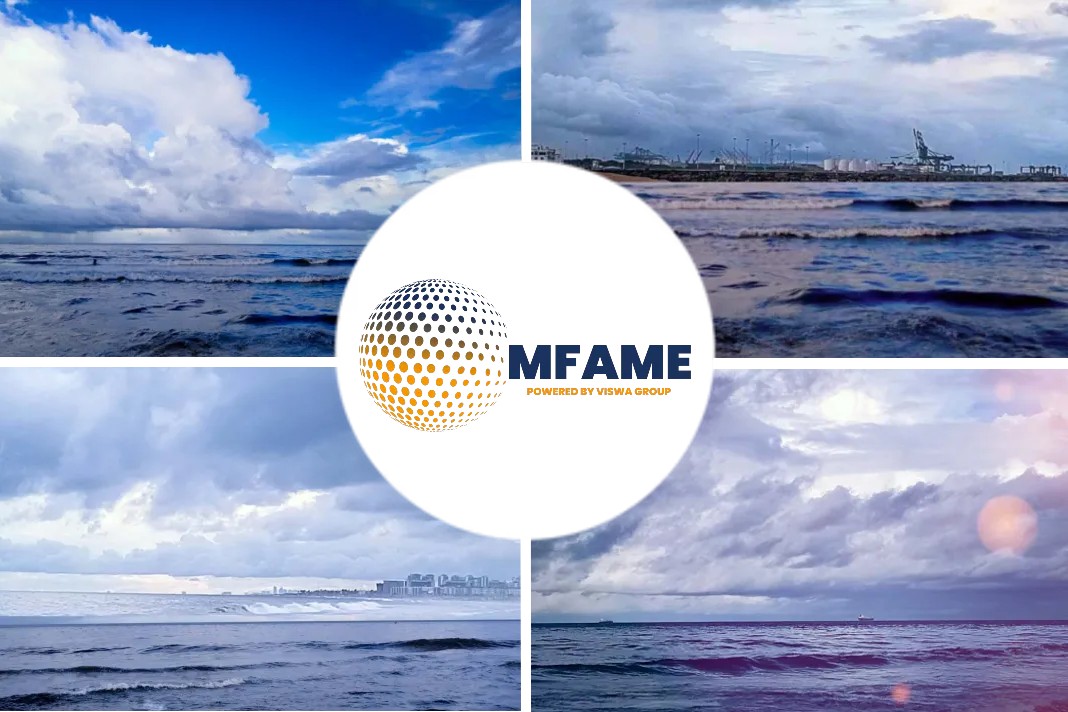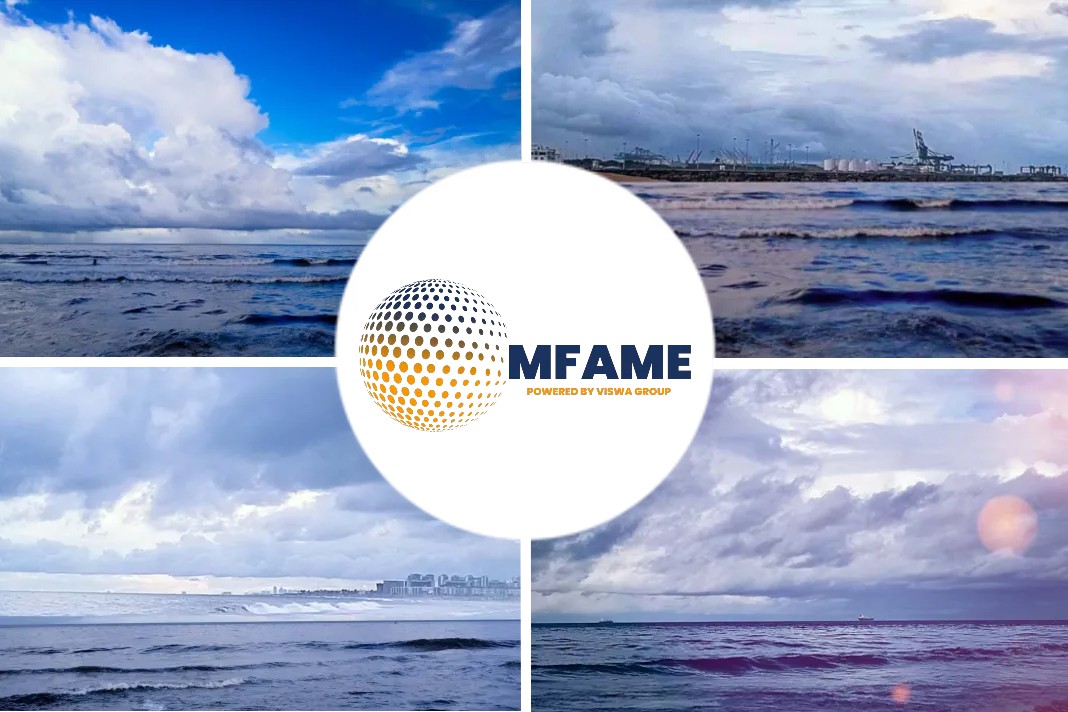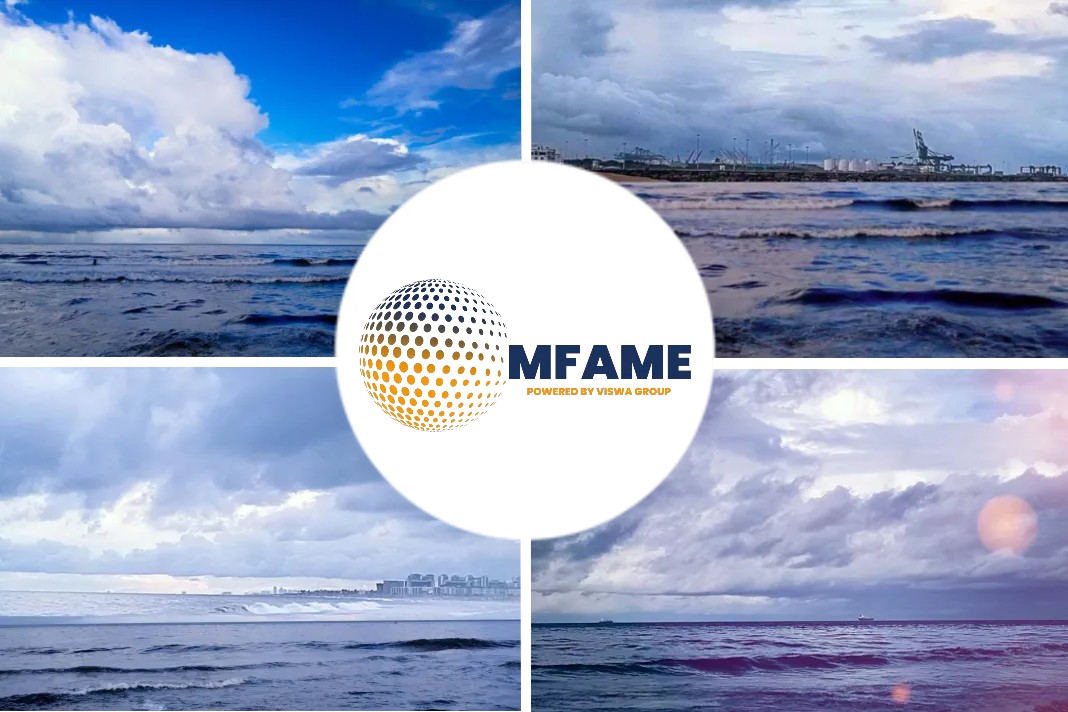
The rest of the year will be difficult for the global container industry as it adjusts to rates reverting to pre-pandemic levels following the peak years of 2020–2021. The difficulties that lie ahead for liner businesses mostly stem from the deployment of capacity in a market with weak demand brought on by ongoing macroeconomic headwinds, as reported by S&P Global.
Risk of overcapacity looming
The carrier sentiment is weakening, and new ships will hit the waters this year, adding to capacity management requirements. 30% of the existing fleet’s TEU capacity is on order, with over 2.44 million TEU set to come online in 2023. Sea-web reports 32 mega-max vessels are due to enter the global fleet in 2023. Mediterranean Shipping Company has a massive orderbook that is almost as big as Hapag-Lloyd’s current fleet capacity, and it plans to grow its fleet by 40% in the next two years. The market is experiencing a cyclical downturn.
Methanol gains steam
Container shipping is viewed as a likely mover in alternative fuel propulsion due to its wide scope of market participants and its relationship with eco-minded consumers. The current orderbook consists largely of dual-fuel engines capable of burning alternative fuels such as methanol or liquified natural gas. Methanol-fueled vessels have recently gained popularity, with Maersk, X-Press Feeders, and HMM among early adopters. For vessel orders placed in 2023, methanol-capable engines account for 68% of tonnage on the orderbook. Liner companies with methanol-based assets are monitoring upcoming emissions regulations in the EU, which could impact the usage of fossil-fuel methanol. Maersk will take delivery of the first methanol-capable box ship later this year.
Scrapping rises but remains inadequate
Scrapping activity in the container shipping sector is expected to increase as approximately 12% of the global fleet has reached its scrapping age. However, scrapping has been delayed due to strong market conditions and historically high freight rates. Only 12 ships have been demolished in 2023, according to Sea-web. A strong and growing interest in purchasing demolition-class container ships from Asia could be a mitigating factor, as small-scale buyers are now able to acquire cheaper vessels to expand their fleet portfolio. Additionally, bigger carriers like MSC and CMA CGM are competing to expand their fleet capacity by buying second-hand vessels.
Lasting effects of 2M breakup
As the 2M alliance between Maersk and MSC moves towards dissolution in 2025, their breakup will have significant market effects on rates, capacity, and other alliances for years to come. The disintegration will increase market competitiveness as the two largest carriers become direct competitors. This will add pressure in the wake of record-breaking container freight rate volatility during the pandemic. Other allegiances may also be influenced, such as Cosco Shipping breaking from the Ocean Alliance when their contract expires in 2027. CMA CGM is also poised to grow its fleet, putting both carriers in a better position to compete with MSC and Maersk, adding uncertainty to Evergreen’s future.
Spot rates attracting re-containerization
Container demand may see a boost as traders find box rates attractive. Decontainerization, which saw cargo move to bulk vessels, is now reversing as container spot rates stabilize. Dry bulk freight rates may recover due to China’s easing COVID policy, while container freight rates are expected to decline further due to reduced congestion and heavy investment in new buildings. Carrier sources note that while re-containerization of certain commodities may increase volumes on some trade lanes, it will not be enough to revive the container market as demand from developed nations is yet to recover. Macroeconomic headwinds and mitigating factors may further challenge carriers in 2023.
Did you subscribe to our newsletter?
It’s free! Click here to subscribe!
Source: S&P Global























